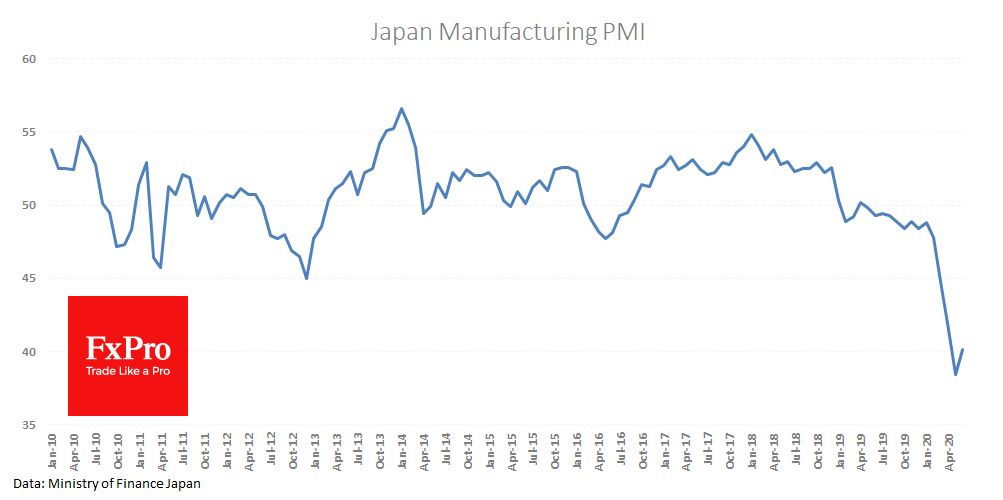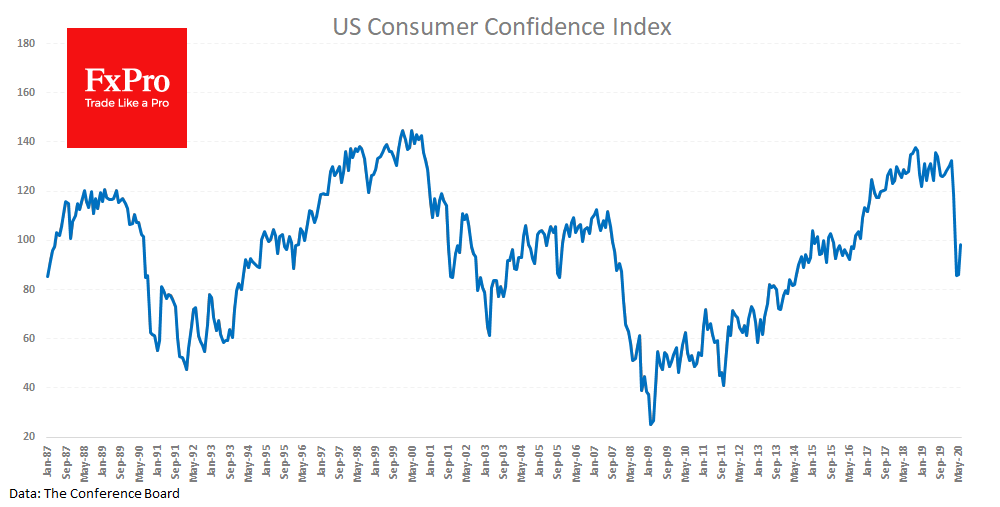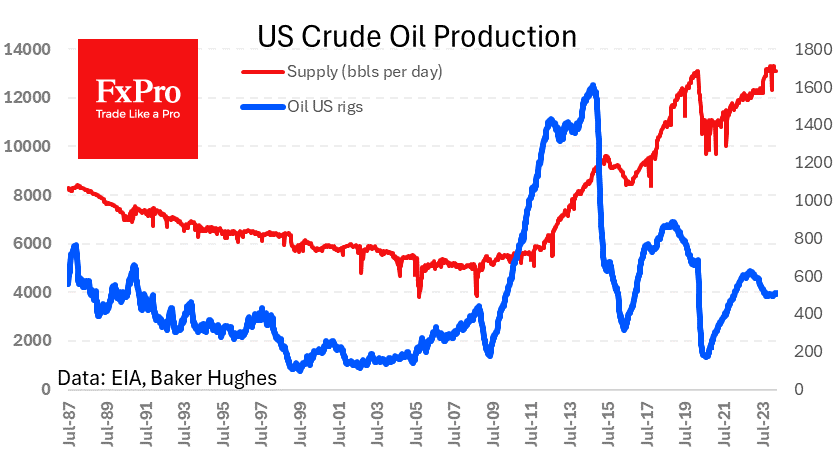The coronavirus crisis has highlighted the trouble spots
July 01, 2020 @ 12:12 +03:00
By the beginning of the third quarter, a mixed picture of economic recovery has emerged across countries and sectors. In short, there are no surprises: weak industries have lost more and are recovering slower. This applies to different sectors and different countries.
For example, China’s manufacturers continue to surprise with their resilience: the new PMI from Markit rose to 51.2 in June, the highest level this year. In contrast, the same index in Japan rose from 38.4 to 40.1, confirming the collapse of manufacturing by 25.9% YoY in May.

Another striking contrast is a 35.6% jump in construction permits in New Zealand in May against a 16.4% decline in Australia.
The published data in Germany showed an extremely sharp increase in retail sales by 13.9% in May, offsetting the failure of March (-4%) and April (-6.5%). A similar situation can be seen in France, where there has been reported jump on consumer spending by 36.6%, which is still 7.2% below the February level.
The situation in the U.S.A. is something in the middle: the construction and home sales sectors are gaining momentum. Markets also took positively yesterday the sharpest growth in the consumer confidence index in 9 years. However, its value (98.1) leaves considerable room for recovery to the pre-crisis level of February (132.6).

In general, the moods of Americans are understandable: people are ready to buy new homes reinterpreting the phrase “my house is my castle”. The sentiment is also improving thanks to the lifting of restrictions, government aid programs, and stock growth. At the same time, the manufacturing sector is lagging, which can be bad news for the economy as a whole and signal of further problems in the labour market.
The U.S. manufacturing ISM and ADP’s June employment estimate will be released today – two of the most important indicators before tomorrow’s NFP release. The dollar declined in the previous two months, but at the end of June, there were more signs that this trend is fading. The U.S. currency is back on the offensive against the currencies of the developing countries: Mexican peso, Russian ruble, and South African rand. This may be an early indication of a reversal of investor sentiment towards safe havens or a small shake-up of portfolios at the half-year border. Either way, the dynamics of stock and currency markets this week may give an important signal of trends for the coming weeks.
The FxPro Analyst Team







